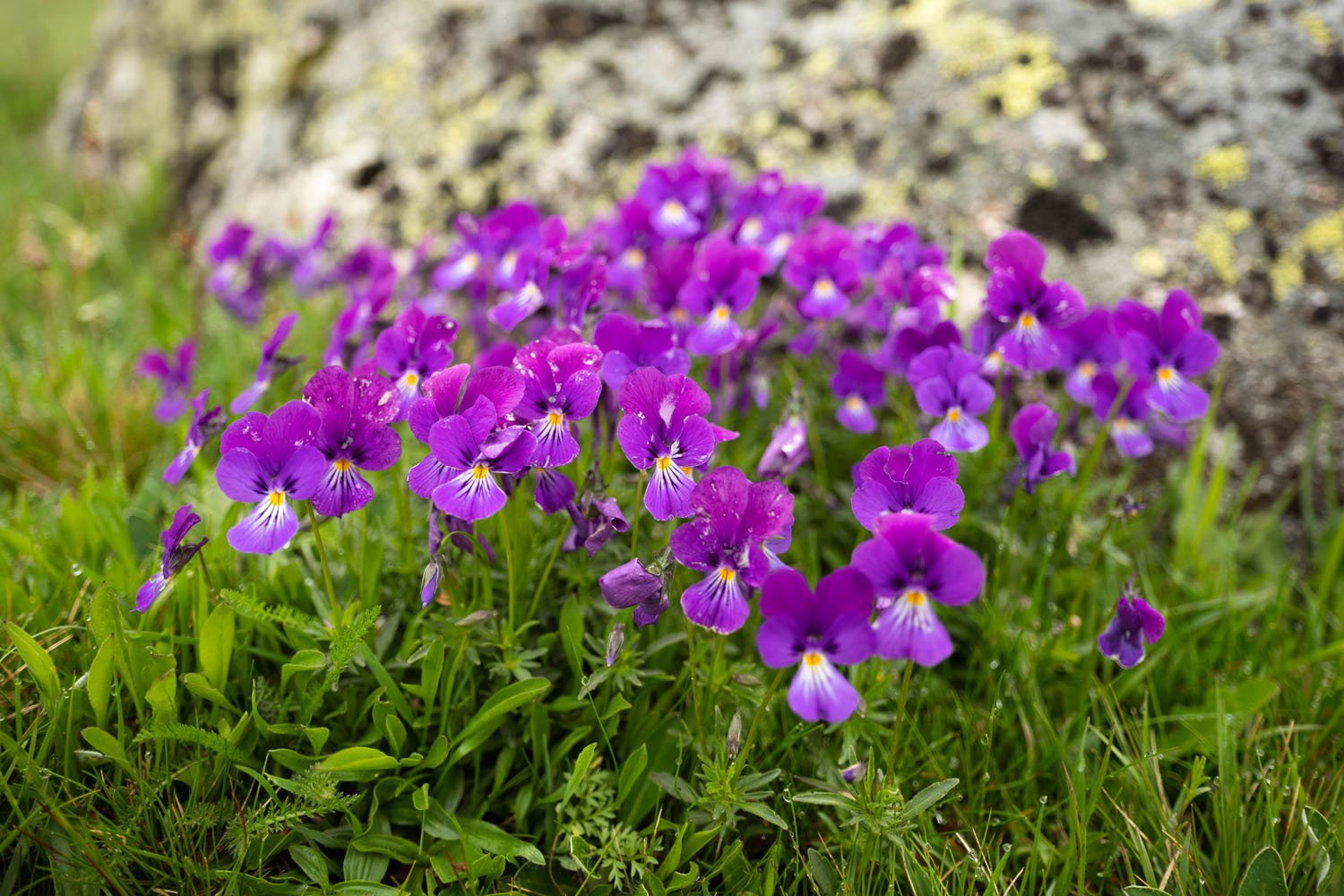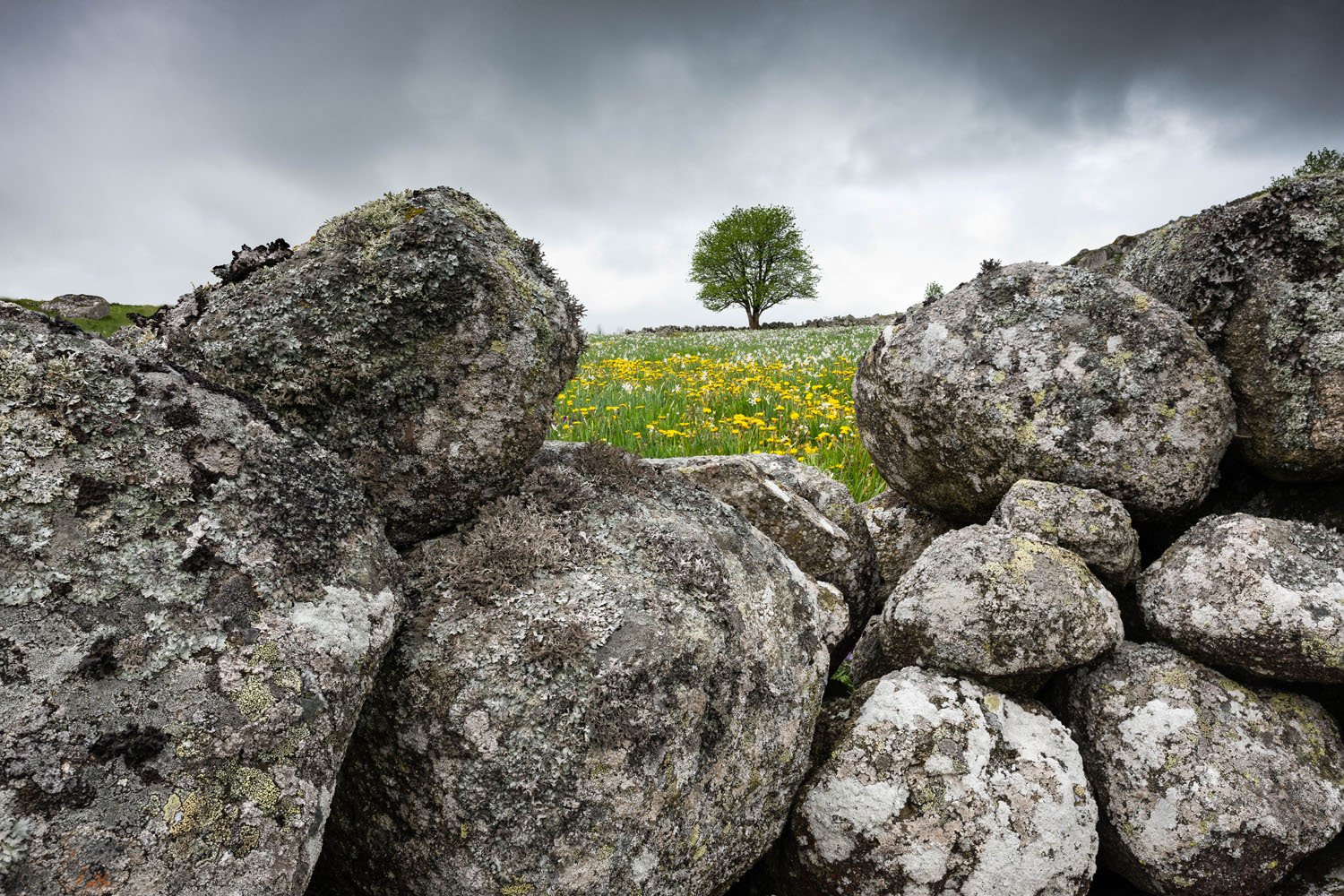
Jean-Michel Lenoir
Niềm đam mê với thiên nhiên từ khi còn nhỏ đã đưa Jean-Michel LENOIR đến với nhiếp ảnh, như một phương tiện để nắm bắt những khoảnh khắc kỳ diệu của thiên nhiên và động vật hoang dã. Bản chất chiêm nghiệm, anh không tìm cách chụp một hình ảnh mô tả, mà là một hình ảnh gợi ý, một câu chuyện kể và đưa chúng ta vào một bầu không khí vui vẻ.
Luôn luôn tìm kiếm ánh sáng tuyệt đẹp, làm thăng hoa không gian tự nhiên rộng lớn, độ nhạy đồ họa của anh thể hiện dưới dạng hình ảnh tinh tế, kết hợp giữa cường độ và cảm xúc. Giữa giấc mơ và hiện thực, anh đã xuất bản cuốn sách đầu tiên của mình vào năm 2013 với tên gọi “Những linh hồn silvan”, một cách tiếp cận cá nhân trên cây và rừng.
Những bức ảnh của Jean-Michel, được giới thiệu tại NATURAGENCY và anh được xuất bản thường xuyên trên tạp chí Geo. Sự công nhận mà anh ấy đã được trao gần đây tại WPY và các cuộc thi nhiếp ảnh GDT, củng cố quyết tâm và khuyến khích anh theo đuổi nhiếp ảnh của mình.
Kết hợp niềm đam mê nhiếp ảnh du lịch và không gian hoang dã, Jean-Michel tổ chức và hướng dẫn các chuyến tham quan qua ảnh với công ty Chụp ảnh du Monde trong năm năm. Từ phía bắc châu Âu (Scotland, Na Uy, Phần Lan) đến Nam Mỹ (Chile và Bolivia), vũ trụ nhiếp ảnh của anh đưa anh đến những nơi hoang dã tuyệt đẹp, nơi anh tìm thấy nguồn cảm hứng chính của mình.
Landscape photography is an eternal quest for atmosphere. It relies deeply on elements on which we have no authority: the weather, and thus the light. You have to anticipate, to adapt continuously, and you need to be very patient and keep a positive mind while waiting. You must also set very high standards right from the shooting, and never fall into the comfort of relying on a heavy post-production.
To go fetch a beautiful picture, you also have to leave your comfort zone and be persistent, so you can face the winds, the cold, the moisture, and everything that could hinder your motivation. However, I do like those moments when you have to rise to the challenge: it’s highly stimulating and I really feel alive facing the elements.
In photography, I’m looking for simple pictures, which go straight to the subject core, with very few things in the frame.
I follow a suggestive approach: I don’t try to show a subject as it is, but to share what it expresses. It’s my way of telling stories and conveying my sensibility.
When you try to show too much, you leave nothing to uncover, you don’t inspire dreams anymore. Anyway, this is the way I feel reality, somehow.
We were never further away from the nature that surrounds us: we no longer take time to look at it, at its simplicity, as we’re always looking for the dramatic. I like to show nature’s simple beauty and sheer power.
For this photo series, made with the new GF 30mm, I went to L’Aubrac, a regional nature park set on a plateau, shared between the departments of Lozère, Cantal and Aveyron. It is a green desert, a timeless area made of open spaces. Man has lived there for millennia, but kept a deep connection to nature, and partially preserved its authenticity.
There you can find amazing landscapes, unexpected in France: the ancient volcanic activity produced beautiful and mysterious atmospheres. Many old, eroded stones tell the story of this country. It is also an important place for the pilgrims following the Way of St. James, and we’re in the country of Gévaudan with its many legends: this area has a mystical dimension. There are often heavy skies, and mist and clouds create strong atmospheres, which I really like.
The GF30mm gives the field of view of a 24mm in 24×36mm. It is a must-have for landscape and news photography – the go-to wide-angle lens, quite easy to use, offering little distortion and a less dramatic perspective effect than ultra-wide lenses. It is quite tolerant regarding where you put the foreground elements, and its rendering is still close to human vision.
Creating a coherent yet diverse series of pictures using just one wide-angle lens was a challenge for me, a very stimulating one – especially when bulls came around !
I usually work with several primes and zooms, covering a wide range of focal lengths, from the GF23mm to the GF100-200mm. The upsides of using only one prime lens are that you get a constant reproduction of the scene, and you have to close in on your subjects to fine-tune the proportions inside the frame.
The GF30mm has no equivalent in the current GF line-up, so this focal length was highly anticipated. It offers several advantages. First, the minimal focusing distance as low as 32 cm (1 ft) allows you to get very close to your subject, while offering a nice bokeh wide open.
Second, its angle of view barely changes with focusing, which allows to stack many shots.
Third, weather resistance is a real asset, especially for me as I often work under wet and harsh weather! This lens is very convenient, and I was surprised how light it is (510 g or 18 oz).
Regarding construction and bulk, it looks a bit like a 23mm on a diet: the length is the same, but the body is thinner and lighter. Construction and finish are beyond reproach.
On the field, with the GFX100, the images offer incredibly rich details and nuances. Even wide open at F3.5, pictures remain crisp right to the edges. Closing down to F5.6 gives an amazing resolution: I had never seen such a high image quality.
For my kind of work, I need a very high-resolution camera and a wide dynamic range to reproduce the nuances of colors and light. The GF30mm easily fulfills the requirements for this 100MP image sensor.







































































